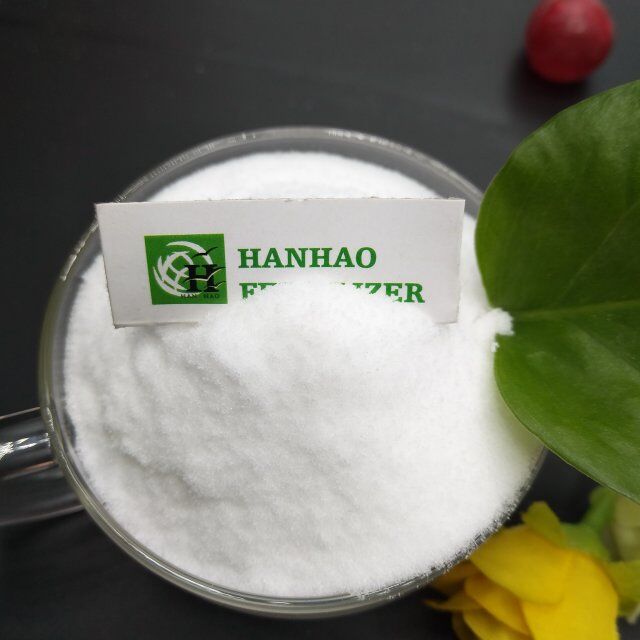
أكتوبر . 03, 2024 04:23 Back to list
Understanding the Benefits of 46 Percent Nitrogen Fertilizer for Enhanced Plant Growth
Understanding 46% Nitrogen Fertilizer Importance and Application
Nitrogen is a critical nutrient for plant growth, playing an essential role in the synthesis of amino acids, proteins, and chlorophyll. Fertilizers with high nitrogen content are crucial for enhancing agricultural productivity. Among these, 46% nitrogen fertilizer is one of the most concentrated forms available, with urea being the most common chemical representation. This article aims to explore the importance, application, and benefits of 46% nitrogen fertilizer in modern agriculture.
Understanding 46% Nitrogen Fertilizer Importance and Application
46% nitrogen fertilizer, often in the form of urea, offers a solution to the high nitrogen demands of various crops. Urea is highly soluble in water, allowing for quick absorption by plants. This rapid uptake helps address immediate nutrient deficiencies, making it an excellent option during critical growth stages when plants require nitrogen the most. Furthermore, the high concentration means that less product is needed per application compared to lower nitrogen fertilizers, making it an efficient and cost-effective choice for farmers.
46 nitrogen fertilizer

The application of 46% nitrogen fertilizer should be conducted with careful consideration of various factors. Soil testing is fundamental to determining existing nitrogen levels and the specific needs of the crop being cultivated. Over-application can lead to nutrient runoff, environmental pollution, and negative impacts on soil health. Therefore, it is crucial for farmers to follow recommended rates and application methods, such as banding or side-dressing, which can enhance efficiency and reduce losses.
Timing is also a critical aspect of applying nitrogen fertilizers. Typically, the best times to apply urea-based fertilizer are shortly before or during the crop’s active growth phases. This synchronization maximizes nutrient uptake and minimizes the risk of volatilization, a process where nitrogen gas escapes into the atmosphere, particularly when urea is applied to the soil surface without incorporation.
Moreover, using 46% nitrogen fertilizer contributes to sustainable farming practices when managed correctly. It supports higher yields, which can lead to more efficient land use, reducing the pressure to convert natural habitats into agricultural lands. This efficiency helps in conserving biodiversity and maintaining ecosystem balance.
In conclusion, 46% nitrogen fertilizer, particularly in the form of urea, plays a vital role in modern agriculture due to its high nitrogen content and efficiency in promoting plant growth. To harness its benefits, farmers must apply it judiciously, considering soil health, crop needs, and timing. By doing so, they can enhance agricultural productivity while also contributing to environmental sustainability. As agricultural demands continue to grow, the strategic use of high-nitrogen fertilizers will remain a cornerstone of successful farming practices.
-
Organic 10-10-10 Fertilizer: Balanced NPK for Superior Plant Growth
NewsAug.17,2025
-
Premium Organic 10-10-10 Fertilizer for All Plants
NewsAug.16,2025
-
Organic Manure Compost: Natural NPK Fertilizer for Healthy Plants
NewsAug.15,2025
-
Calcium Ammonium Nitrate (CAN) White Granular for Agriculture
NewsAug.14,2025
-
Premium 50lb 13-13-13 Fertilizer Bags - Balanced NPK for All Plants
NewsAug.13,2025
-
Premium 10-10-10 Organic Fertilizer for Balanced Plant Growth
NewsAug.12,2025
